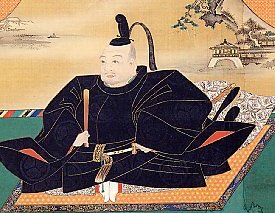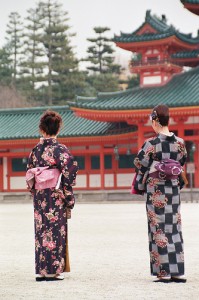Why Adult Adoption is Key to the Success of Japanese Family Firms

(iStockphoto)
What happens when the heir to a family business isn’t up to the job? Not great things, apparently. But the Japanese have a solution: adult adoption. Rather than hand the firm to a less-than-worthy blood heir, Japanese families often adopt an adult to take over. This tradition is the subject of Vikas Mehrotra‘s paper “Adoptive Expectations: Rising Sons in Japanese Family Firms,” which is featured in our latest podcast and hour-long Freakonomics Radio special “The Church of Scionology.” (You can download/subscribe at iTunes, get the RSS feed, listen live via the media player, or read the transcript here.)
America and Japan have the highest rates of adoption in the world – with one big difference. While the vast majority of adoptees in the U.S. are children, they account for just 2% of adoptions in Japan. The other 98% are males around 25 to 30. Mehrotra believes this is the key to one of Japan’s unique differences. Across the developed world, family firms under-perform professionally-run businesses. But in Japan, it’s the opposite. Japan’s strongest companies are led by scions, many of them adopted. “If you compare the performance under different kinds of heirs, blood heirs versus adopted heirs, the superior performance of second-generation managed firms is pretty much entirely attributable to the adopted heir firms.”
Mehrotra explains that adopting a scion is similar to a hostile takeover. Blood heirs are under the constant pressure of knowing that if they under-perform, they’ll be replaced.

Tokugawa Ieyasu, first shogun of the Tokugawa period. (Photo via Wikimedia Commons)
The roots of Japanese adult adoption trace back to merchants of the Tokugawa era (1603-1867). It was suspected by scholars that the initial motivation was to avoid field division. Since then, the upper class has embraced the practice in full. The current Japanese business landscape is filled with names you know: Suzuki’s current chairman and CEO, 81 year-old Osamu Suzuki, is an adopted son — the fourth one in fact — to run the company. When it came time, Osamu Suzuki chose his son-in-law, Hirotaka Ono, as his heir, rather than his biological son. Ono married Suzuki’s eldest daughter, just as Suzuki had done a generation prior. But in December 2007, Ono died of pancreatic cancer, forcing Osamu to return as chairman and CEO. As of April 2011, Osamu had created a four person board to help run the company, led by his own biological son, Toshihiro Suzuki. Toshihiro might well become the first blood-related Suzuki scion in four generations, but it’s far from certain, and of course, he will always be the second choice of his father.
Unlike China or India, where preference for baby boys is extreme to the point of gendercide, the Japanese have an adage that rejoices in the birth of a girl:
You can’t choose your sons, but you can choose your sons-in-law.
 Photo: Marc Veraart
Photo: Marc VeraartToday, it is preferred (though not required) for the adopted heir of a business dynasty to marry one of the family’s daughters, becoming a family member twice over. Mehrotra explains the typical process: “You pick a candidate, an adoptee, preferably from Tokyo University, a smart person, and so on, and someone you have the opportunity to observe. And then you sort of do…what is called an omiai, which literally means ‘see marriage’, with one of your daughters…Then the person marries your daughter and is adopted into the family.”
If a potential adoptee is already married, a married couple can be adopted together. The only conflict there, since there is really no blood relation, becomes one family members know well: who dusts the ancestor’s grave?

Comments